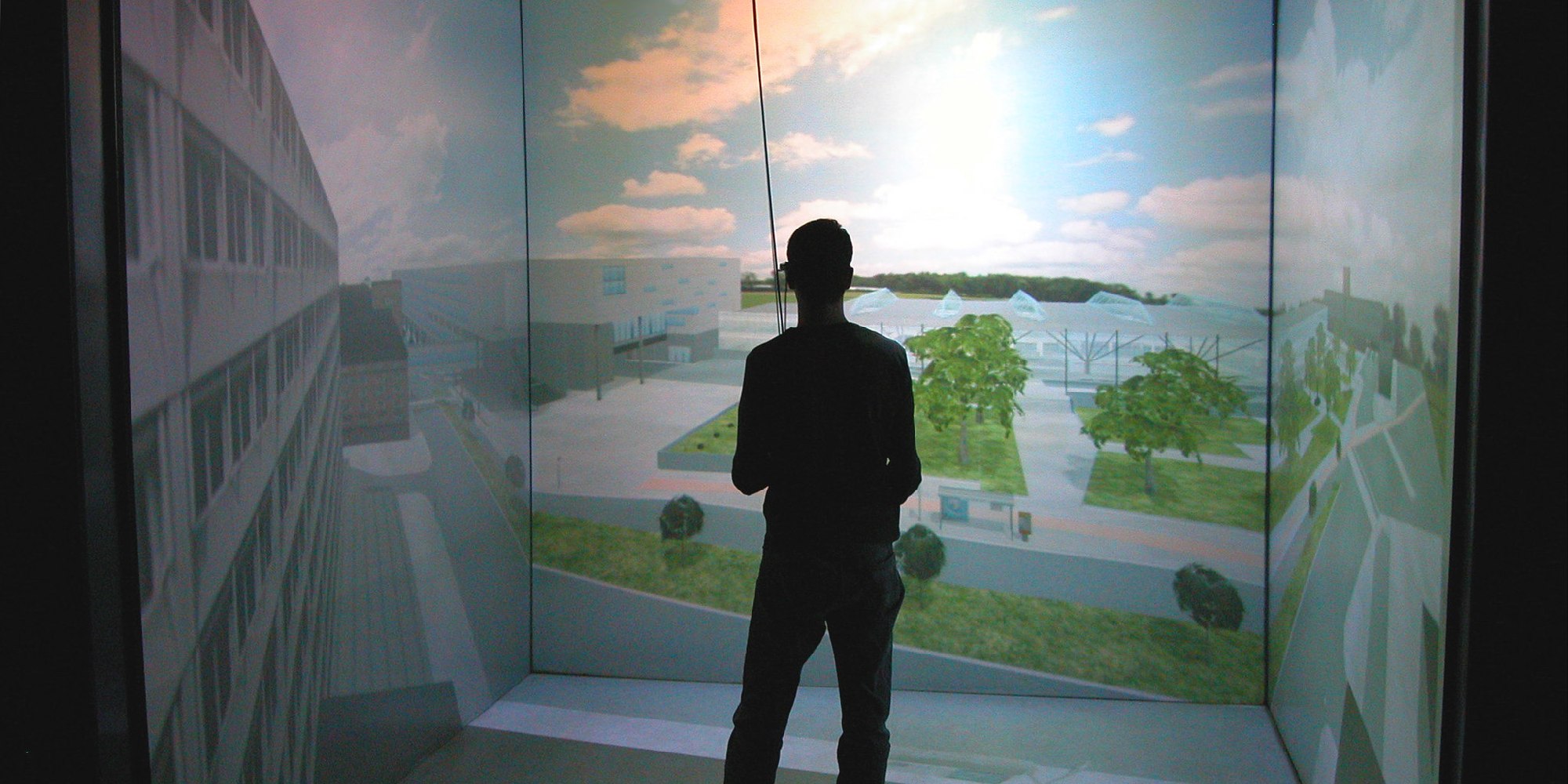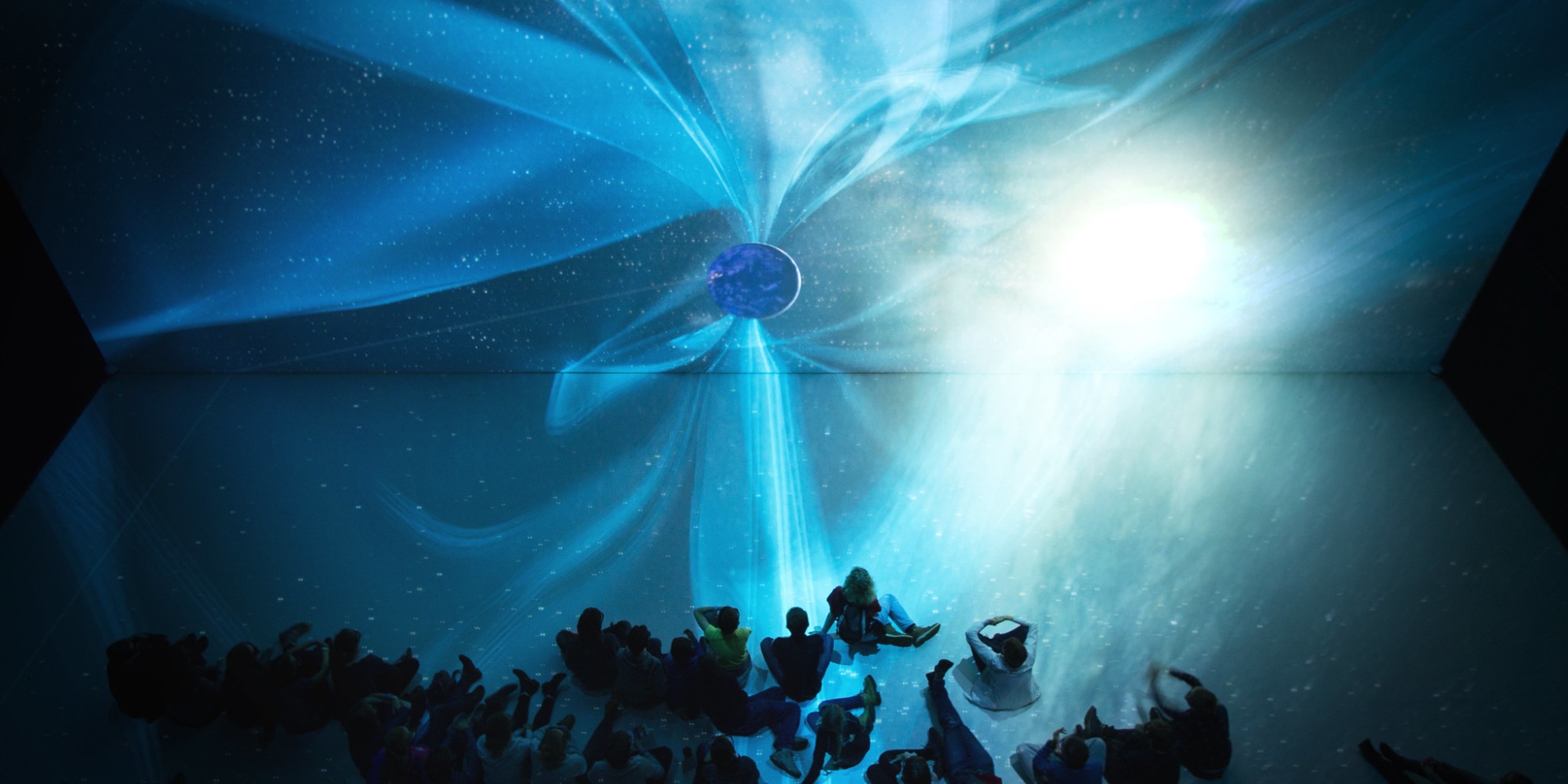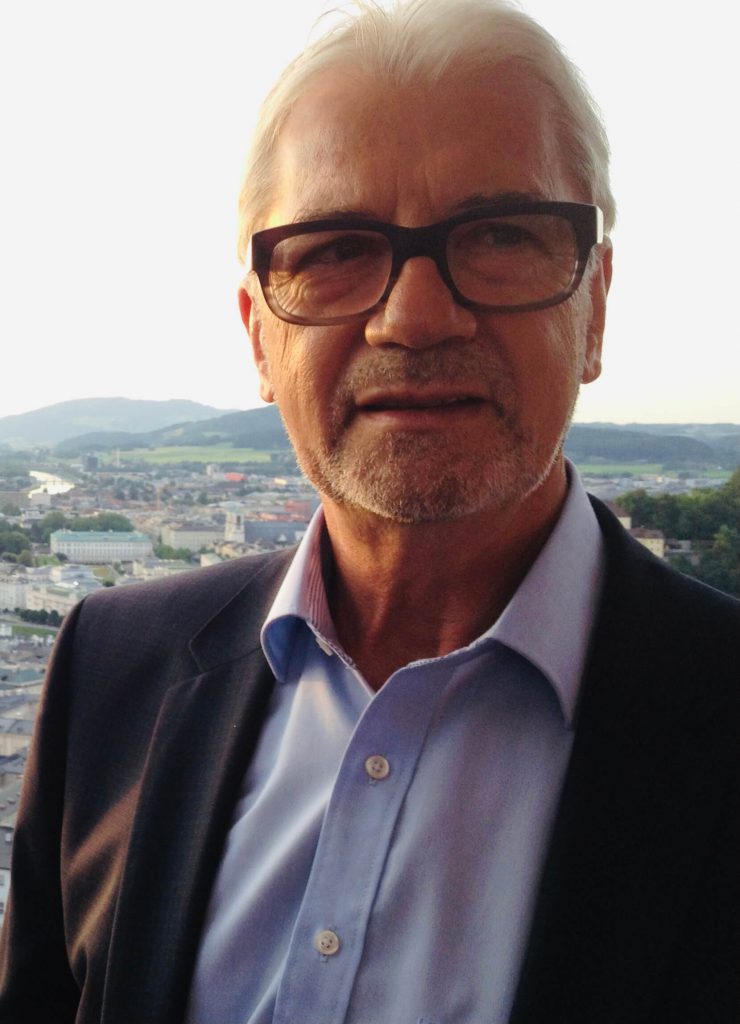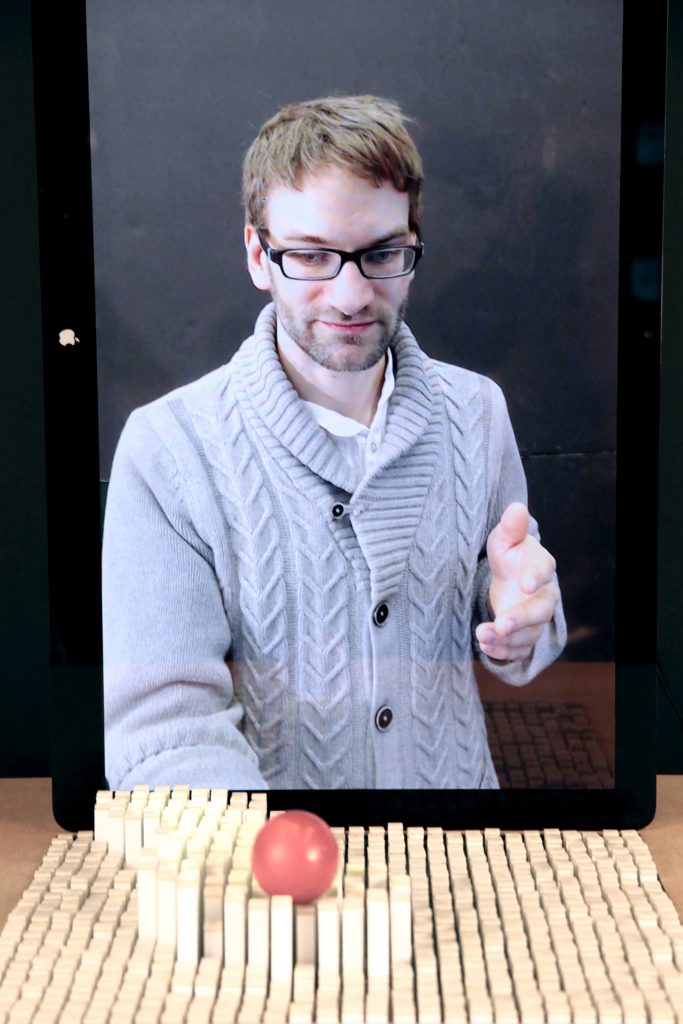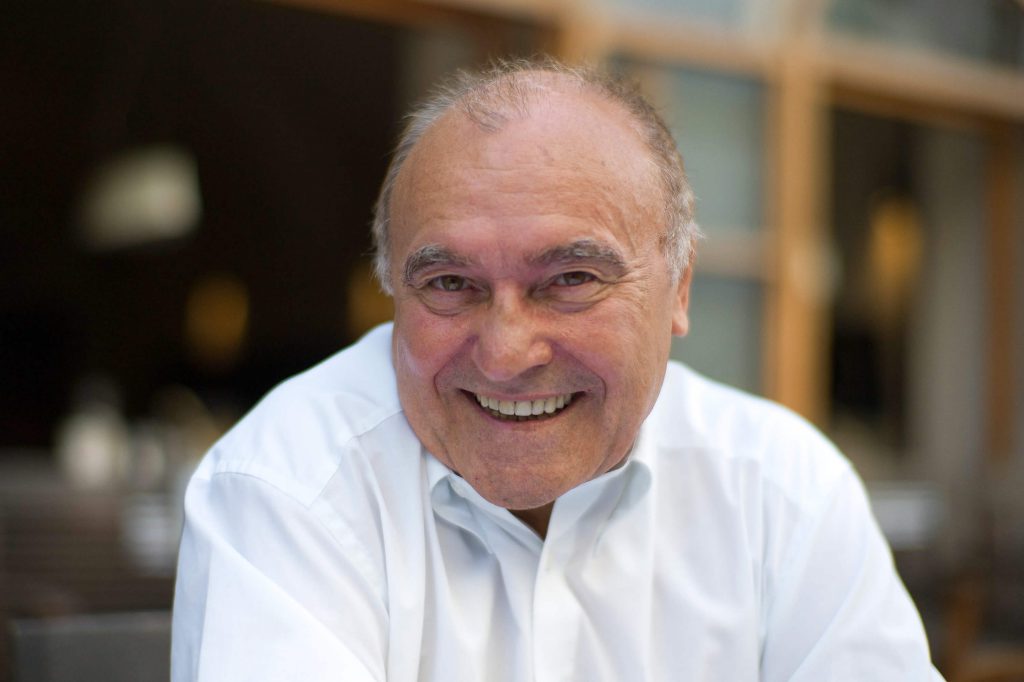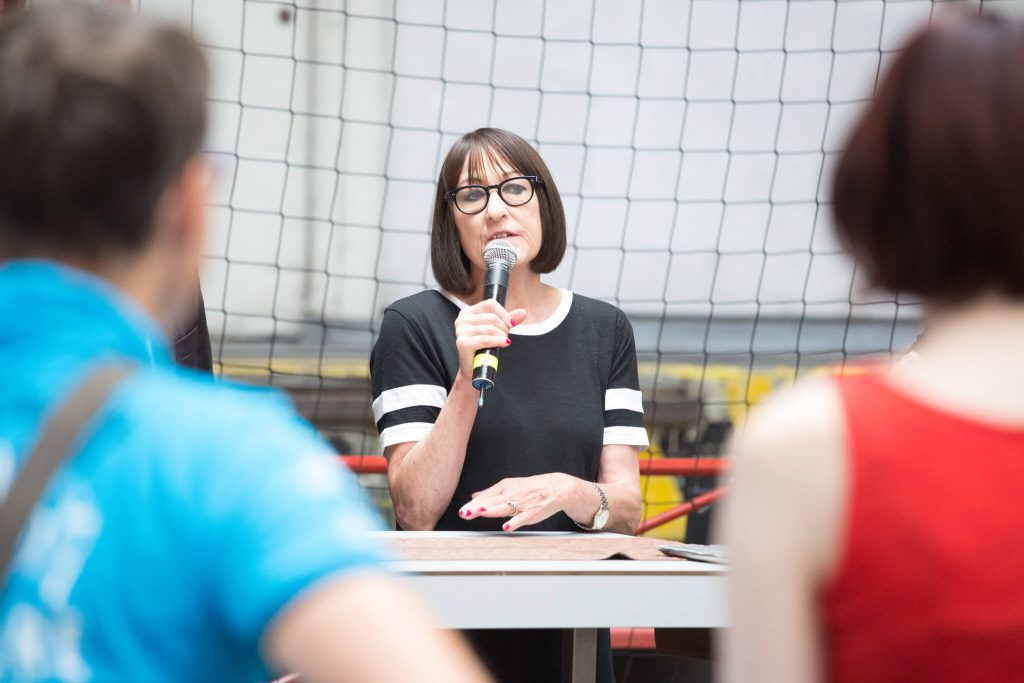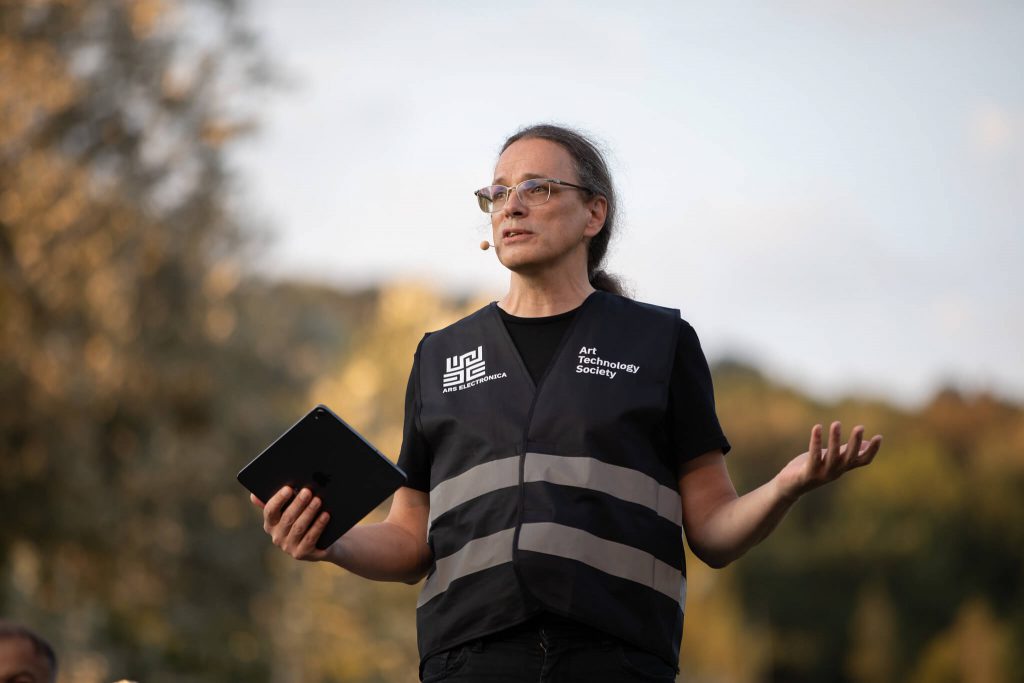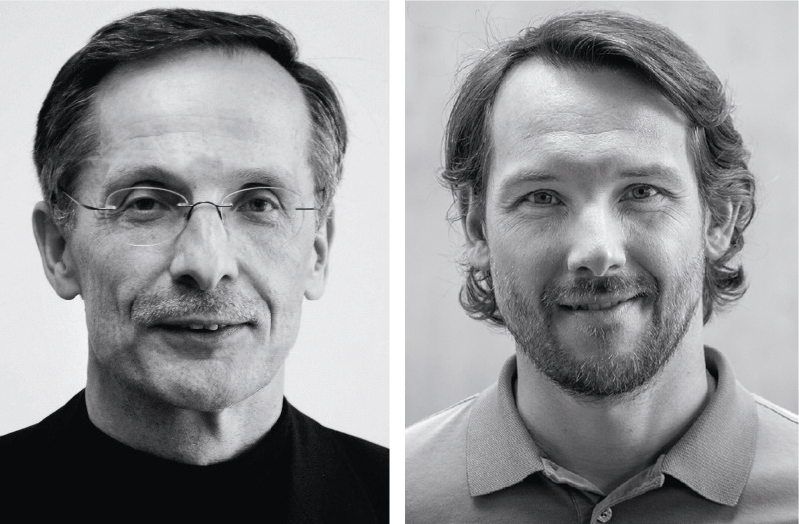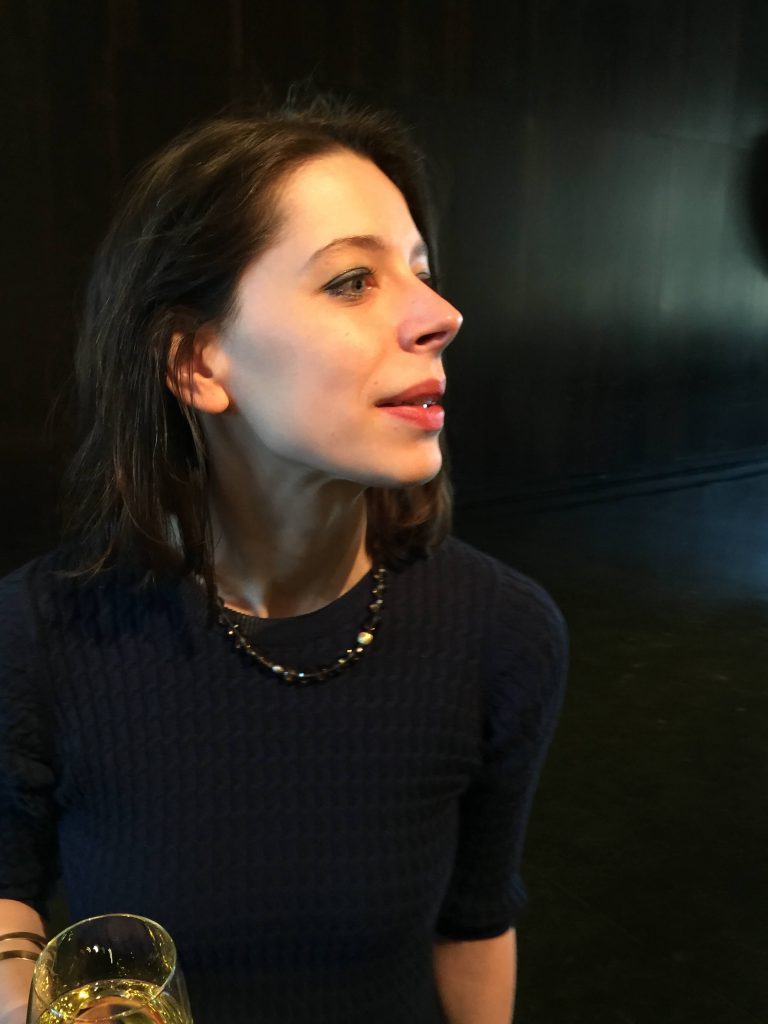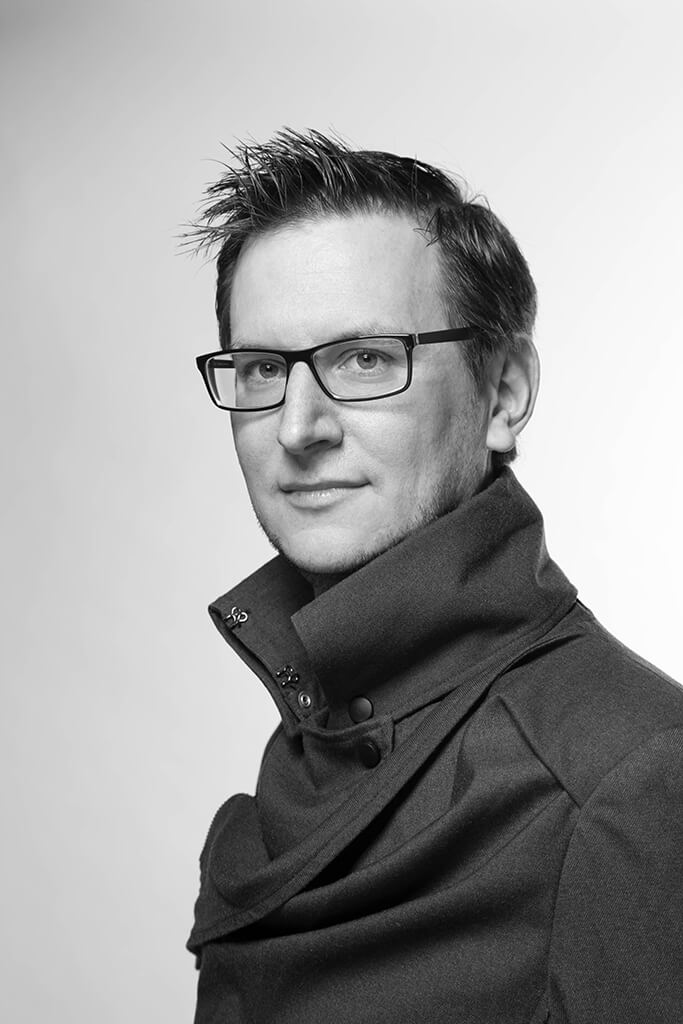CAVE
The CAVE marked the beginning of the Futurelab's work with virtual reality, which continued all the way through those 25 years to the present day. With a space of 9 square metres, the CAVE was already a novelty in the field of three-dimensional visualization, an installment which gave visitors the feeling of being immersed in the world projected.
read more